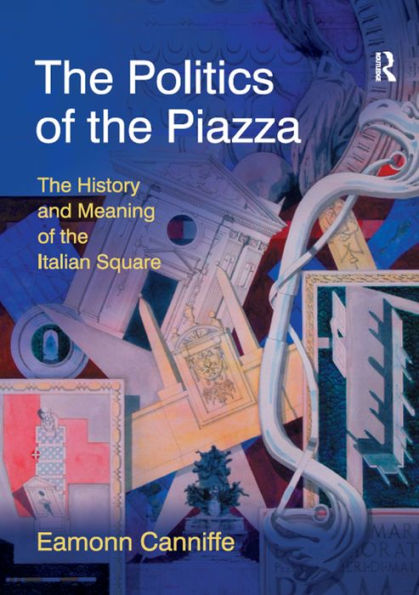Through a detailed study of the principal spaces of Italian cities, this book explores the relationship between political systems and their methods of representation in architecture. Illustrated by contemporary photographs and analytical drawings, it examines significant piazzas and situates these examples in their social and political contexts, highlighting the urban evidence of shifts between autocratic and democratic forms of government through history. The ideological role of political architecture is analyzed through the work of various theorists including ancient sources, Renaissance thinkers and modern critics. The complex evolution of individual spaces over time is represented by their physical layering from ancient times to the present day. Other examples connect the development of different characteristic types of Italian urban form in chronological sequence, categorized by art historical and political periods.



